The chasm between urban and rural India remains one of the most striking paradoxes of the nation's development narrative. While gleaming metropolises like Mumbai and Bangalore showcase India's economic ascendancy, vast swathes of countryside continue to grapple with fundamental challenges. This urban-rural divide manifests across multiple dimensions - from infrastructure and healthcare to education and employment opportunities - creating parallel realities that coexist uneasily within the same civilization.
The infrastructure gap between India's cities and villages presents perhaps the most visible manifestation of this dichotomy. Urban centers benefit from relatively reliable electricity, paved roads, and internet connectivity that enable economic activity. In contrast, many rural areas still struggle with intermittent power supply, crumbling roads that become impassable during monsoons, and digital exclusion that limits access to government services and market information. The disparity in transportation networks alone creates significant barriers - where urban professionals commute via metro systems, rural residents may walk kilometers to reach the nearest bus stop.
Healthcare access reveals another profound dimension of the divide. Urban India boasts world-class hospitals attracting medical tourism, while rural primary health centers often lack basic medicines and trained staff. Maternal mortality rates remain significantly higher in villages, and preventable diseases claim more lives simply due to the absence of timely medical intervention. The migration of qualified doctors to cities creates a self-perpetuating cycle where rural healthcare infrastructure remains chronically understaffed and under-resourced.
Educational disparities between urban and rural India begin with physical infrastructure - where city schools may have smart classrooms, village schools sometimes operate without proper buildings or sanitation facilities. More crucially, the quality divide manifests in learning outcomes. Urban students benefit from better-trained teachers, exposure to English-medium instruction, and access to coaching centers that prepare them for competitive exams. Rural students, even those with innate talent, often lack these advantages, creating an uneven playing field for higher education and employment opportunities.
The employment landscape further exacerbates the urban-rural divide. While cities offer diverse formal sector jobs with growth potential, rural economies remain disproportionately dependent on agriculture - a sector plagued by uncertainties ranging from monsoon failures to volatile crop prices. The absence of viable local alternatives drives mass migration to cities, where rural migrants often end up in informal sector jobs with precarious working conditions. This migration pattern simultaneously drains villages of their working-age population while overwhelming urban infrastructure.
Cultural dimensions of the divide often receive less attention but prove equally significant. Urban India's globalized consumer culture contrasts sharply with rural traditions that retain stronger connections to indigenous knowledge systems. This cultural gap sometimes breeds mutual misunderstanding - where urban elites may dismiss rural practices as backward, and rural communities may view urban lifestyles as morally suspect. The rapid pace of urban cultural change, fueled by digital media and transnational influences, widens this perceptual gulf with each passing year.
Government policies attempting to bridge this divide have yielded mixed results. While initiatives like rural road construction and digital India campaigns have made measurable impacts, implementation challenges and bureaucratic inefficiencies often dilute their effectiveness. The paradox persists - urban centers continue attracting disproportionate investment while rural development programs struggle with last-mile delivery. This imbalance reinforces the very disparities these policies aim to eliminate, creating a development conundrum that defies easy solutions.
The urban-rural divide ultimately represents more than just an economic or infrastructure gap - it reflects fundamentally different lived experiences that shape worldviews and aspirations. Bridging this chasm will require moving beyond token development schemes to address the structural factors that perpetuate inequality. As India aspires to superpower status, the true measure of its progress may lie not in its shining cities, but in how it uplifts its villages and creates pathways for equitable development across this ancient yet rapidly transforming civilization.

By Eric Ward/Apr 19, 2025
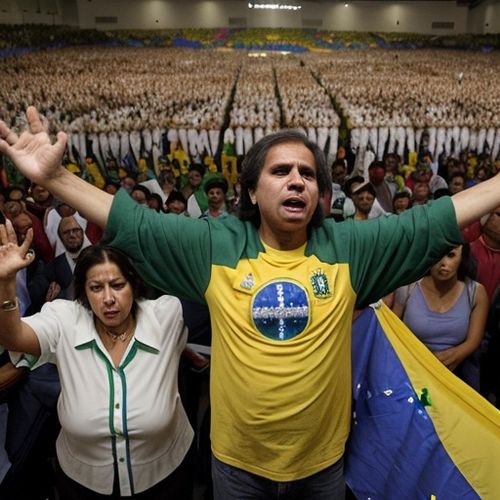
By James Moore/Apr 19, 2025
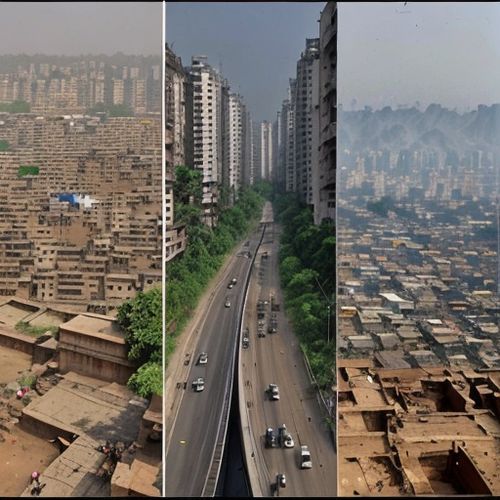
By Daniel Scott/Apr 19, 2025

By George Bailey/Apr 19, 2025
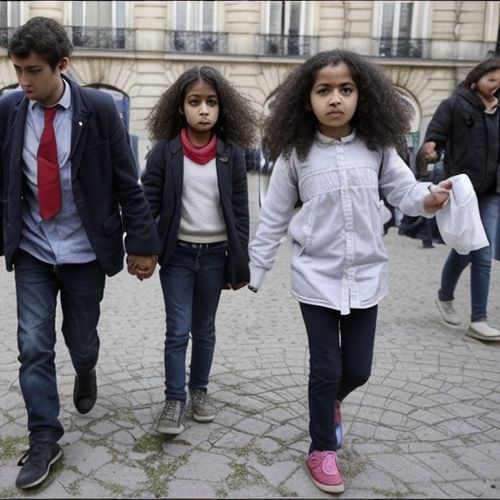
By Amanda Phillips/Apr 19, 2025

By Amanda Phillips/Apr 19, 2025

By Joshua Howard/Apr 19, 2025
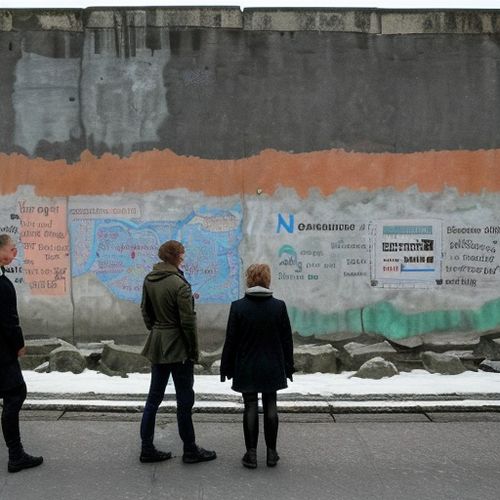
By Thomas Roberts/Apr 19, 2025

By Thomas Roberts/Apr 19, 2025

By Noah Bell/Apr 19, 2025
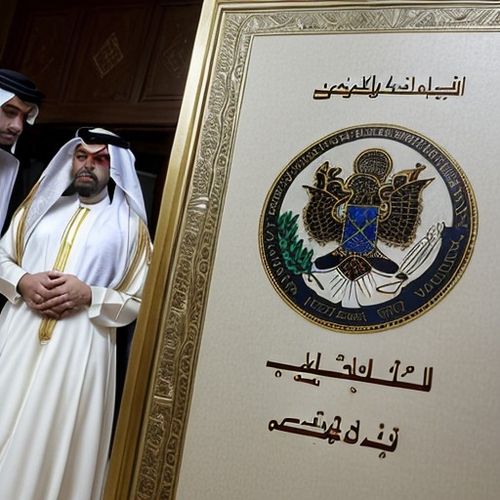
By James Moore/Apr 19, 2025
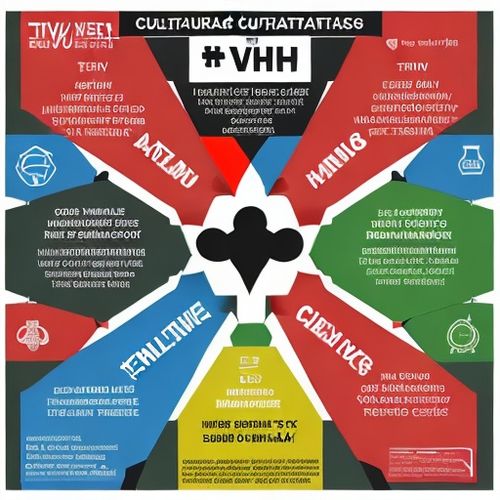
By Rebecca Stewart/Apr 19, 2025
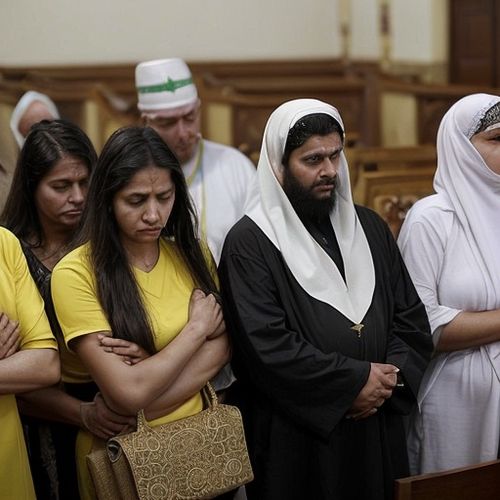
By Noah Bell/Apr 19, 2025

By Elizabeth Taylor/Apr 19, 2025

By Benjamin Evans/Apr 19, 2025
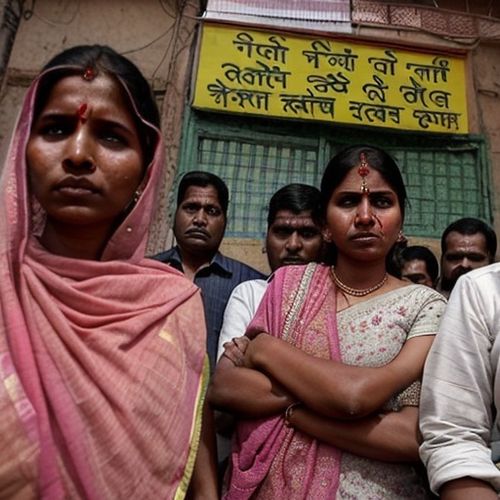
By Laura Wilson/Apr 19, 2025

By Victoria Gonzalez/Apr 19, 2025

By Laura Wilson/Apr 19, 2025
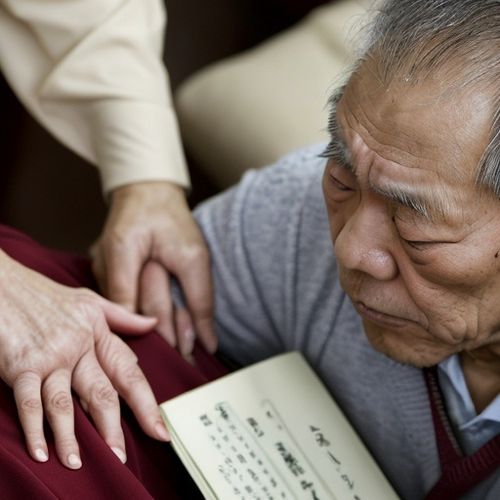
By Laura Wilson/Apr 19, 2025

By Sophia Lewis/Apr 19, 2025